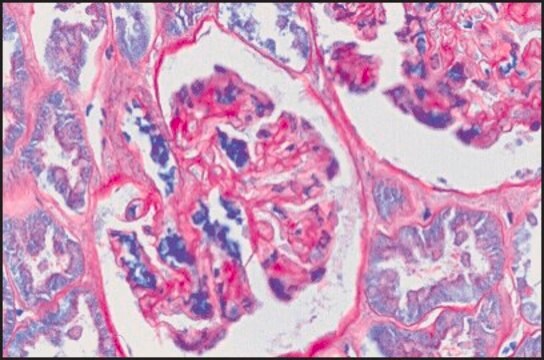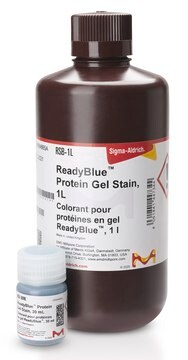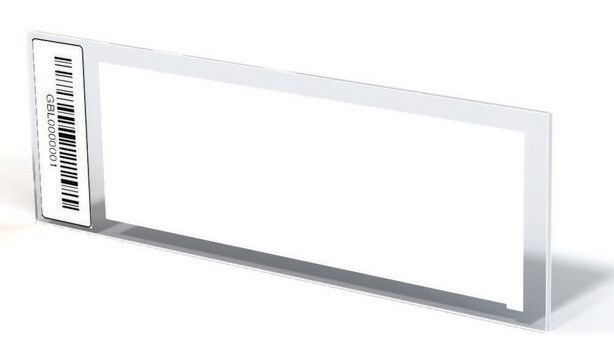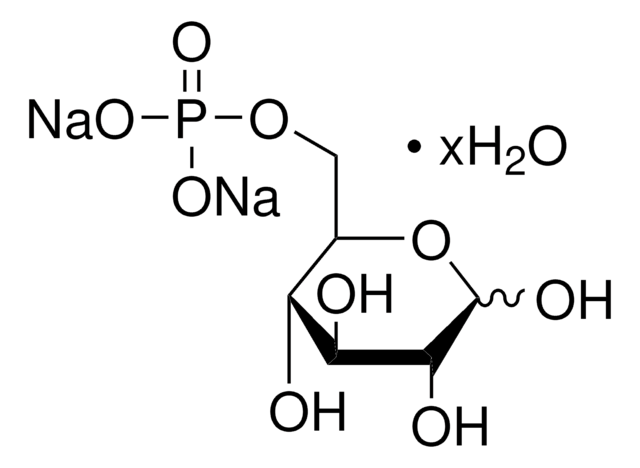GLYCOPRO
Glycoprotein Detection Kit
Sufficient for 10 mini-gels (10 × 10 cm) or 5 gels or membranes (16.5 × 19 cm)
About This Item
Empfohlene Produkte
Verwendung
kit sufficient for 10 mini-gels (10 × 10 cm)
kit sufficient for 5 gels or membranes (16.5 × 19 cm)
carbohydrate detection limit measuring range
25-100 ng/band
Lagertemp.
2-8°C
Anwendung
Signalwort
Danger
Gefahreneinstufungen
Acute Tox. 3 Dermal - Acute Tox. 3 Inhalation - Acute Tox. 3 Oral - Aquatic Acute 1 - Aquatic Chronic 1 - Carc. 1B - Eye Dam. 1 - Met. Corr. 1 - Ox. Liq. 1 - Resp. Sens. 1 - Skin Corr. 1A - Skin Sens. 1 - STOT RE 1 Oral - STOT SE 1
Zielorgane
Eyes, Thyroid
Zusätzliche Gefahrenhinweise
Lagerklassenschlüssel
5.1A - Strongly oxidizing hazardous materials
Flammpunkt (°F)
Not applicable
Flammpunkt (°C)
Not applicable
Analysenzertifikate (COA)
Suchen Sie nach Analysenzertifikate (COA), indem Sie die Lot-/Chargennummer des Produkts eingeben. Lot- und Chargennummern sind auf dem Produktetikett hinter den Wörtern ‘Lot’ oder ‘Batch’ (Lot oder Charge) zu finden.
Besitzen Sie dieses Produkt bereits?
In der Dokumentenbibliothek finden Sie die Dokumentation zu den Produkten, die Sie kürzlich erworben haben.
Artikel
To meet the great diversity of protein analysis needs, Sigma offers a wide selection of protein visualization (staining) reagents. EZBlue™ and ProteoSilver™, designed specifically for proteomics, also perform impressively in traditional PAGE formats.
Review article and products for sialic acid synthesis and signaling.
Unser Team von Wissenschaftlern verfügt über Erfahrung in allen Forschungsbereichen einschließlich Life Science, Materialwissenschaften, chemischer Synthese, Chromatographie, Analytik und vielen mehr..
Setzen Sie sich mit dem technischen Dienst in Verbindung.












